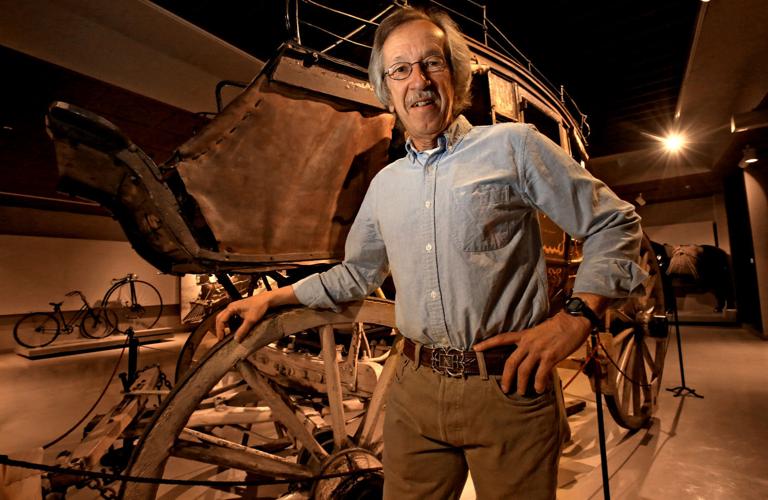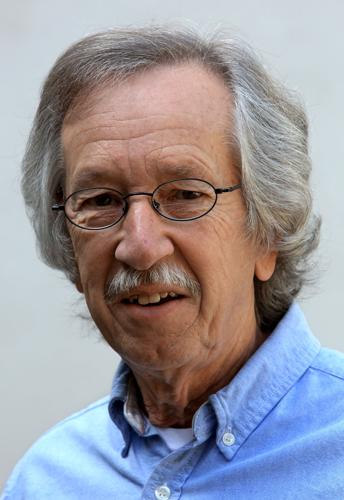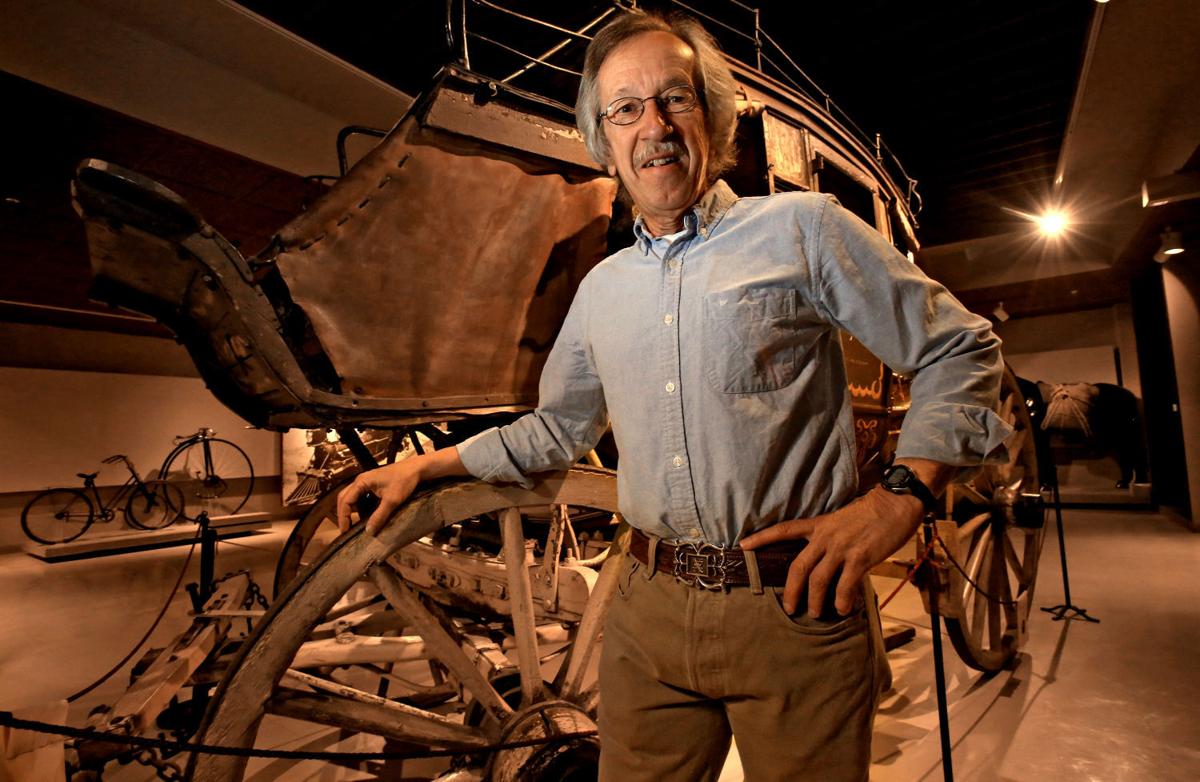For 30 years, Bruce Dinges has been on the hunt for a story.
And not just any story.
As editor of the Arizona Historical Society’s quarterly publication The Journal of Arizona History, Dinges wants to read something meaningful about the state.
“Unlike academic journals, we’re really geared toward narrative history and memoirs, so I’m looking for something that has a compelling story, but I’m also looking for something that has something new to say about Arizona, casts an old story in a new light or reveals something that I didn’t know before,” says Dinges, 68.
In the three decades that he has held the position, Dinges estimates he has published more than 500 articles. Over that time, his staff his shriveled from three full-time and two part-time employees to just him — challenging but doable because of technology.
The next challenge is establishing an online presence, he says.
“When you start a job, 30 years seems impossible,” says Dinges, who has also been executive director of the Arizona History Convention since 1993. “But now it seems like it has gone by in a blink of an eye.”
Monday night, the Tucson Corral of the Westerners honored Dinges for his 30-year editorship at its monthly dinner meeting. Each month the group of history lovers gathers for a meal and to discuss projects and research related to the American West.
Dinges joined the Tucson chapter, or corral, of Westerners International not long after moving to Tucson in 1978. In his 30s, he was one of the youngest members.
He would later serve as the corral’s sheriff, or leader, for both the Tucson and Tucson-Adobe corrals and the whole of Westerners International.
“He doesn’t seek the limelight or trumpet his own accomplishments and is extremely low-key and down to earth,” says James Klein, another past sheriff. “I don’t know how many aspiring authors and contributors have benefited from his input. He gives them tips and ideas and references and suggestions and never takes credit for himself.”
Dinges considers himself a “bridge” between the writer and the journal’s audience.
“I’m not being modest at all, but it’s not actually about me,” he says. “My job is to select the best articles I possibly can and then to work with the authors to make sure that I get the best out of them that they are capable of giving.”
Dinges’ interest in history began when he was a child on an Illinois farm. He remembers his aunt had a boarder in her 90s who shared meals and stories with the family.
“When she was a little girl, her dad came home one day and got her mother and her and took her down to the train station to see President Lincoln’s coffin as it came through on the train,” Dinges says. “And that just stuck with me, because I knew someone who saw Lincoln, not on a better day, but still, it shows you how close it is.”
Always a reader, Dinges tore through a kids’ series of biographies on famous Americans. His interest grew as a teenager, during the Civil War centennial and the significance of Lincoln to Illinois.
He wrote his dissertation at Rice University in Houston on the Civil War career of Benjamin H. Grierson.
The completion of graduate school brought him to Tucson for a job as the assistant editor of the University of Arizona’s publication Arizona and the West (now Journal of the Southwest). After eight years there, he applied for his position at the Journal of Arizona History.
“The Journal has a wide appeal,” says June Caldwell Martin, a former Arizona Daily Star reporter and retired writer of the Southern Arizona Authors column. “It can be popular and very specific, and it’s always accurate. This is a skill not many editors have, to take a subject and take a book and turn it into something that will have a wide range of interest.”
Dinges and Martin began working together in 1987 when Dinges joined the panel for Southwest Books of the Year, a guide to fiction and nonfiction set in the Southwest that grew out of a shopping special Martin organized for the Star in the late 1970s.
“He has just been a brick,” Martin says. “You can just count on Bruce for whatever you need him for, and you can count on the fact that he will do an excellent job and leave no stone unturned.”
The Pima County Public Library now runs Southwest Books of the Year, and Dinges guesses he still reads about 60 books each year as a panelist.
He has also edited and published about two dozen books with the Arizona Historical Society, along with a book on Grierson. For Arizona’s centennial, he, along with six others, put together “Arizona 100: A Centennial Gathering of Essential Books on the Grand Canyon State.”
Somehow he still makes time for pleasure reading.
“It’s funny, if you went back and looked at the Journal, it wouldn’t tell you much about what my tastes are,” Dinges says.
“It would tell you about what people are studying and how they approach topics.”
He has seen the emphasis change from cowboys and Indians and outlaws to environmental history and ethnic experiences. This broad view affects the way he sees modern-day Arizona.
“I’m probably more optimistic than most about the future of Arizona,” Dinges says, pointing to the state’s rich cultural, ethnic and racial diversity. “There is a certain frontier spirit here. People want to be left alone, but they also want to work things out one way or another.” But part of that depends on cultivating an understanding of the state’s history and appeal.
“Nowadays, where we are members of a global community and attached to our iPhones, I think with a sense of place you just live a much richer and fuller life,” he says. “You just have to watch the sunset tonight ... and you know why people come here.”







